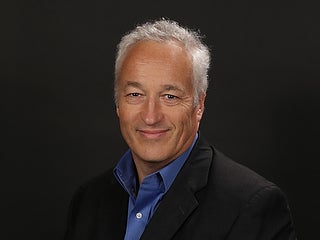6/17/2025
The Ai lab specializes in protein engineering and employs interdisciplinary approaches, including biophysics, bioanalytical chemistry, chemical biology, synthetic biology, and optical imaging. One of our main areas of focus is the…
6/17/2025
6/17/2025
Drug Development Targeting Transcription Drivers in Cancer Dysregulation of gene expression is a hallmark of all cancers. It is critical for self-renewal and chemo-resistance of cancer cells which contributes to…
6/17/2025
Membranes and membrane proteins participate in some of the most important and interesting cellular processes. Energy transduction, cell signaling, membrane excitability, secretion and immune recognition are examples of a few…
6/17/2025
Membrane proteins facilitate the transfer of information across lipid bilayers, comprise approximately 25% of a typical proteome, and represent over half of all drug targets. The membrane proteins that mediate…
6/17/2025
The central objective of my lab is to understand how the host immune response is reprogrammed by tumors to promote growth and metastasis. Specifically, we focus on the role of…
6/17/2025
The design of self-assembling nanomaterials stands as one of the great challenges in modern molecular science. The DuBay group employs theoretical and computational tools to address this challenge through investigations…
6/17/2025
We develop nanoscale imaging methods for 3D single-molecule localization in intact bacterial cells. Our two primary research objectives are: 1. Development of 3D super-resolution imaging methods, including instrument design, sample preparation,…
6/17/2025
We aim to understand how eukaryotic cells control chromatin structure. Knowledge of chromatin-structure at the level of its nucleosome subunits inside cells will give far-reaching mechanistic insight into gene regulation,…
6/17/2025
The etiology of many cardiovascular diseases can be traced to the microcirculation, which is the primary focus of the Isakson lab. For example, high blood pressure as well as strokes…










